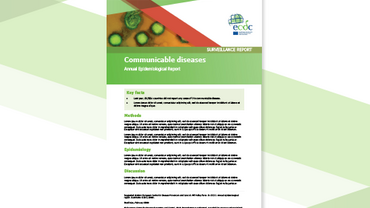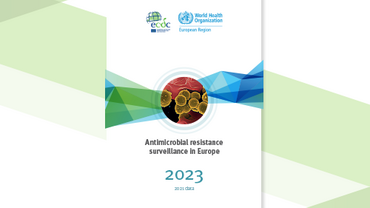STI laboratory diagnostics in Europe
This survey was designed to collect information on the laboratory diagnosis of gonorrhoea, chlamydia and syphilis; clinical reporting; laboratory capacity for testing; laboratory accreditation and external quality assessment (EQA); training; reporting and laboratory systems.
A major objective was to enable ECDC to support Member States in providing good quality laboratory surveillance data. The survey has enabled a certain level of laboratory capacity to be established and identified training needs across Europe
Executive summary
ECDC assessed sexually transmitted infections (STI) diagnostic laboratory capacity and training needs across the EU/EEA. The results demonstrate a wide diversity in laboratory work.
Sexual Transmitted Infections (STI) surveillance gathers data on the five STI under surveillance in the European Union and European Economic Area (EU/EEA): syphilis, congenital syphilis, gonorrhoea, chlamydia and lymphogranuloma venereum (LGV). Enhanced surveillance of STI in Europe is essential to provide necessary information to monitor disease distribution and evaluate the public health response to prevent and control the transmission of infections. ECDC strives to ensure a high quality of standardised STI surveillance data, and one way to achieve this is to ensure the laboratory methods used to diagnose cases are of a suitable and recommended standard.
ECDC assessed the level of laboratory capacity and training needs across the EU/EEA with a survey which collected information on the type of laboratory function, diagnostics for chlamydia, gonorrhoea and syphilis, laboratory quality assurance and reporting systems. The main objective was to enable ECDC support to countries in their effort to provide good quality laboratory surveillance data. The survey was performed in 2011 and 44 completed surveys from participating laboratories in 24 EU/EEA countries were received.While an EU-wide mapping of STI laboratory capability was not feasible, the results of the survey demonstrate a wide diversity in laboratory work across the EU/EEA. The low number of national reference laboratories may reflect an area for capacity building in the individual countries, as having a national reference laboratory in each country provides a national centre of expertise.






